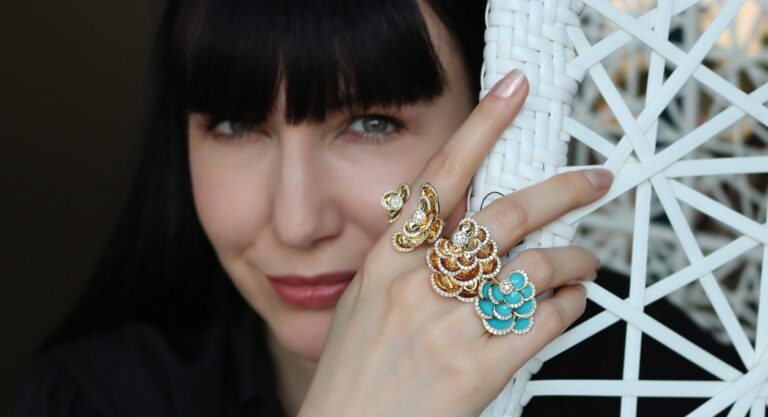There is a lot of history and meaning behind Italian jewelry. Much of which is steeped in the traditional values of the country. Many designs and motifs used in Italian jewelry have been passed down through the generations, and each piece carries a special significance.
What Is Italian Jewelry?
Italian jewelry is often quite intricate, featuring delicate designs and beautiful craftsmanship. One of the most popular motifs used in Italian jewelry is the intaglio, a carved design set into a piece of jewelry. This type of design can be seen in everything from rings to necklaces and often features intricate scrolling patterns or portraits.
Another iconic feature of Italian jewelry is the use of colored gemstones. The Italians are known for their love of vibrant colors, and this is evident in their jewelry designs. Many pieces incorporate brightly-colored gems such as rubies, sapphires, and emeralds, creating a beautiful contrast against the gold or silver setting.
The combination of traditional values and stunning craftsmanship makes Italian jewelry so unique. The pieces are not only beautiful to look at, but they also carry with them a sense of history and tradition. If you are looking for something truly special, an Italian piece of jewelry is worth considering. So, if you’re looking for a little bit of Italy, check out intinijewels.com!
The History Of Italian Jewelry
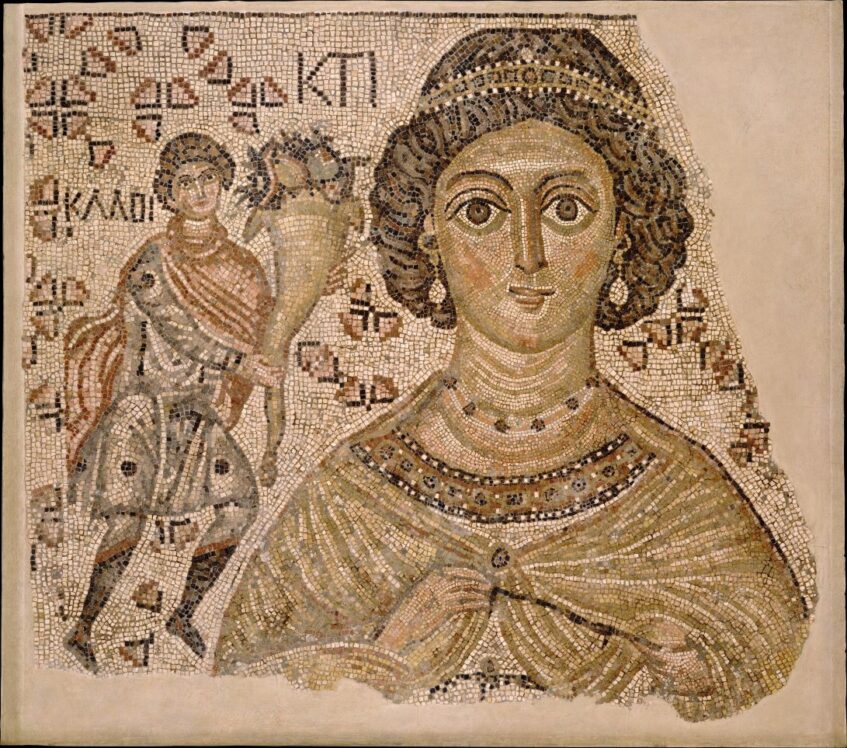
Jewelry has been a part of human history for as long as we can remember. It has been used to adorn the human form, signify status and rank, and convey love and devotion messages. The history of Italian jewelry is rich and fascinating, spanning centuries and cultures.
Italian jewelry has its roots in the ancient Etruscan civilization. The Etruscans lived in central Italy in the 8th century BC. They were known for their exquisite gold jewelry, which the Greek and Roman styles of the time heavily influenced. The Etruscan tombs have yielded some of the most beautiful examples of ancient Italian jewelry, including necklaces, earrings, bracelets, and rings.
The Roman Empire was another major influence on Italian jewelry. The Romans were masters of metalworking, and their jewelry was some of the finest in the world. They developed many new styles and techniques, including using precious stones and enamel. Roman jewelry was often simple and elegant, with clean lines and graceful curves.
After the fall of the Roman Empire, the Dark Ages descended on Italy. This period was marked by economic instability and political unrest. However, it was also a time of great creativity, and Italian jewelers produced some of their most beautiful pieces. Many of the old Roman styles remained popular, but a lot of new innovation was also happening. One notable trend from this period was using intaglio (incised) gems to create intricately detailed designs.
The Renaissance was a time of great rebirth in Italy, both artistically and politically. Jewelers embraced the new spirit of creativity, producing some of their most stunning pieces. One popular style from this period was called “cameo,” after the carved shells used to make them. Cameos were created by carving a design into a piece of white agate or soft stone, then applying color to it with enamels or lacquers. They were intricate and delicate works of art, often featuring portraits or landscapes.
The Baroque period was another time of extravagance and luxury in Italy. Jewelers created lavish pieces adorned with precious stones and elaborate carvings. One popular style from this period was called “rococo,” after the French word for “rocaille” (shell).
The Types Of Italian Jewelry
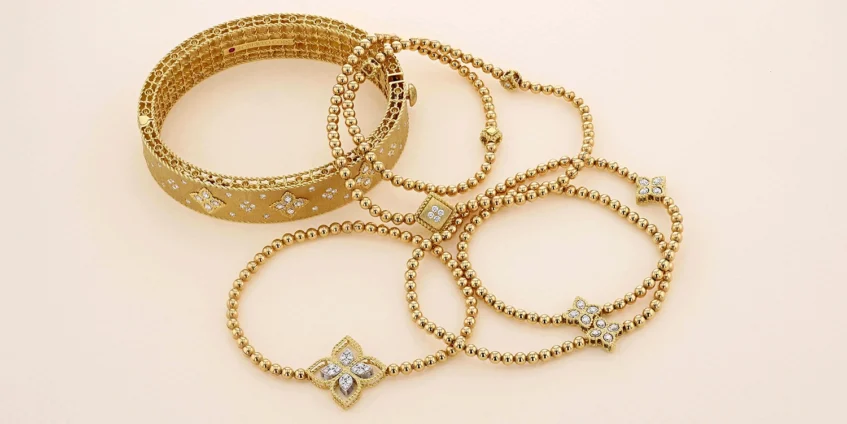
Italian jewelry is some of the most beautiful in the world. It is intricate, detailed, and often very colorful. There are many different types of Italian jewelry, each with its unique style and history.
Some of the most popular types of Italian jewelry include necklaces, earrings, bracelets, and rings. Each is made with intricate designs that often incorporate gems and other colorful materials. Many of these pieces are quite old, dating back to the Renaissance or earlier periods.
One of the most well-known types of Italian jewelry is the intaglio. This type of jewelry features a carved or etched design set into a metal base. The intaglio was popular during the Renaissance, and many pieces from that era are still prized today.
Another popular type of Italian jewelry is the cameo. Cameos are carved out of a single piece of stone or shell and feature a raised design on a flat background. They were first popularized in ancient Greece but regained popularity in Italy during the Renaissance period.
Many materials are used in Italian jewelry, including gold, silver, bronze, ivory, and semiprecious stones like amethyst, agate, and quartz. Each material lends its unique beauty to the jewelry pieces.
No matter what your style may be, there is sure to be an Italian jewelry piece that will capture your heart.
Jewels At Weddings
When most people think of wedding jewelry, they think of the bride’s engagement ring and wedding band. But other jewelry pieces can add to the elegance of a wedding ceremony or reception. One such piece is Italian jewelry.
Italian jewelry often features intricate designs and unexpected materials. For example, a necklace might be made from wood, metal, or glass. This makes it a unique and eye-catching addition to any outfit, whether you’re wearing something formal or informal.
How To Wear And Care For Italian Jewelry?
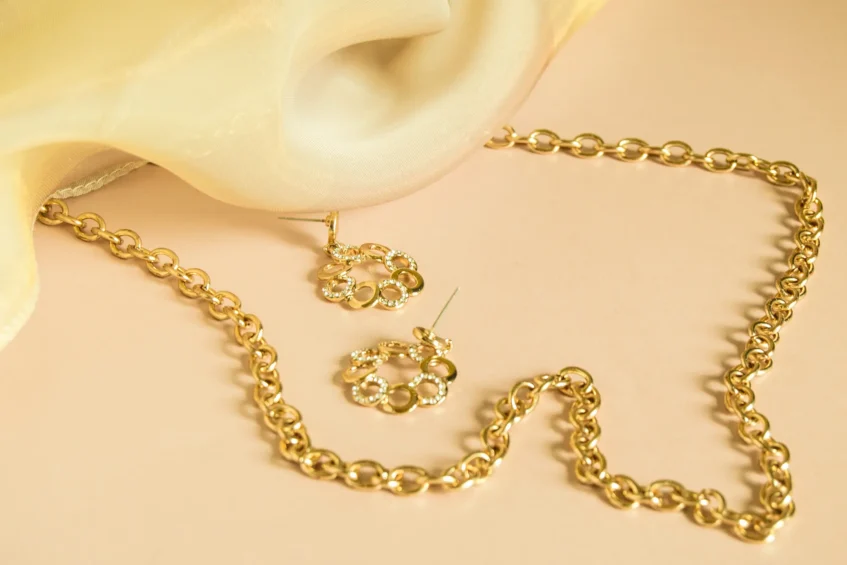
Italian jewelry is some of the most beautiful in the world. Not only is it intricately designed and crafted, but it also carries a certain air of sophistication and elegance. Whether you’re purchasing a piece for yourself or a gift for someone else, it’s important to know how to wear and care for Italian jewelry properly.
When wearing Italian jewelry, it’s important to remember that less is more. A few carefully chosen pieces will make a much bigger impact than flashy jewelry. Keep your outfit simple, and let the jewelry be the star of the show.
When caring for Italian jewelry, it’s important to remember that it’s delicate and should be treated with care. Never wear your jewelry when doing household chores or working in the garden, and take it off before you go to bed. Store your jewelry safely when you’re not wearing it, and avoid exposing it to water or harsh chemicals. With proper care, your Italian jewelry will last for many years.
Tips For Buying Italian Jewelry
When it comes to jewelry, Italy is known for its high-quality, exquisite pieces. If you’re looking to buy Italian jewelry, there are a few things you need to know.
1. Around
Like with any other purchase, it’s important to shop around and compare prices before settling on a particular piece or store. With Italian jewelry, you get what you pay for, so be prepared to spend a little bit more than you would for mass-produced jewelry. However, the difference in quality is worth the investment.
2. Consider the Piece’s Origin
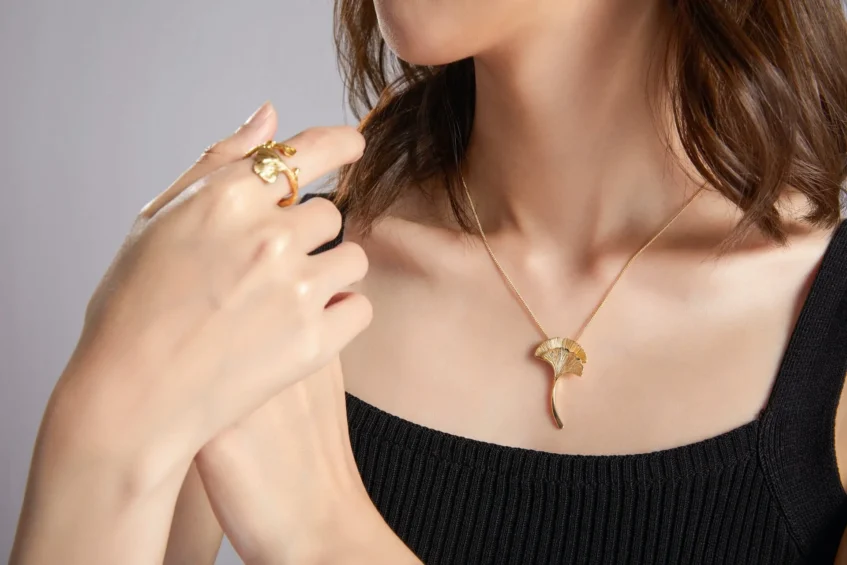
Italian jewelry comes in a variety of styles. Better materials and workmanship were used in the creation of certain items than others. When buying Italian jewelry, find out where it was manufactured. It’s possible that items created outside of Italy won’t be as high-quality as those produced there.
3. Know What You’re Buying
Not all “Italian” jewelry is made in Italy. Many companies produce imitations of Italian designs. Do your research and make sure you’re buying from a reputable source. The last thing you want is to end up with a cheap imitation that won’t last long.
4. Beware of Fakes
As with any popular product, there are lots of fake Italian jewelers out there trying to take advantage of unsuspecting shoppers. Again, do your research and only buy from reputable sources to avoid being scammed.
Keep these tips in mind when buying Italian jewelry, and you’re sure to find a piece that will last a lifetime (and beyond).

